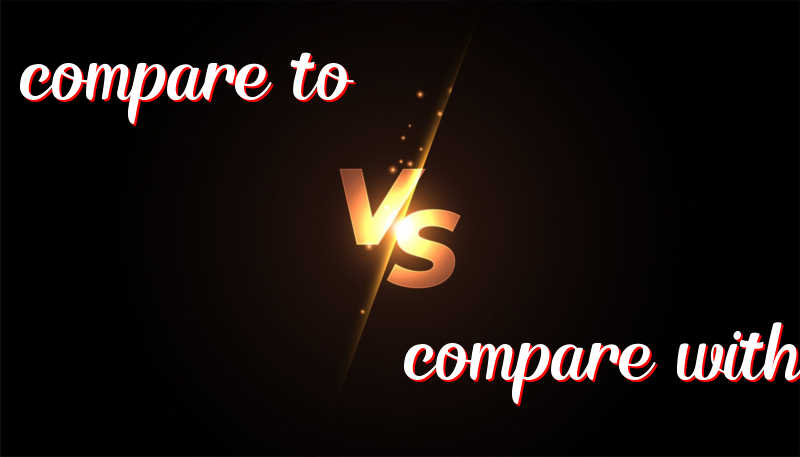Understanding the Difference: Compare To vs. Compare With
The Difference Between “Compare To” and “Compare With”
When we talk about “compare to” and “compare with,” we are looking at how two things are the same or different. These phrases have been used in English for a long time, but people often wonder how to use them right. Let’s learn more about these two phrases.
The History of “Compare To” and “Compare With”
Both “compare to” and “compare with” have been part of the English language for many years. They come from the Latin word “comparare,” which means to make equal or to match. Over time, people have used these phrases to describe similarities and differences between things.
How to Use “Compare To”
We use “compare to” when we want to show that two things are similar in some way. It’s often used to make a creative or imaginative connection, like saying someone is as brave as a lion.
- The teacher compared her work to an artist’s painting.
- He compared his friend to a shining star.
- The book is compared to a great adventure in the wild.
- She compared his smile to sunshine on a rainy day.
- The new song is often compared to the old classics.
How to Use “Compare With”
We use “compare with” when we want to look at two things side by side to see if they are the same or different. It’s often used for more straightforward or factual comparisons.
- Compare this map with the one you found yesterday.
- When you compare the two cats, you see they are very different.
- She compared her grades with those of her classmates.
- We can compare this recipe with the one my mom uses.
- The scientist compared the two results with each other.
Trick to Remember the Difference
A simple way to remember the difference is this:
- Use “compare to” for showing things are similar in a lively or special way.
- Use “compare with” for checking how things are alike or different in a clear, simple way.
Summary
“Compare to” is best for drawing imaginative links, while “compare with” is used for careful side-by-side checking. Use these easy tips, and you’ll know just when to use each phrase!

Leave a Reply
You must be logged in to post a comment.